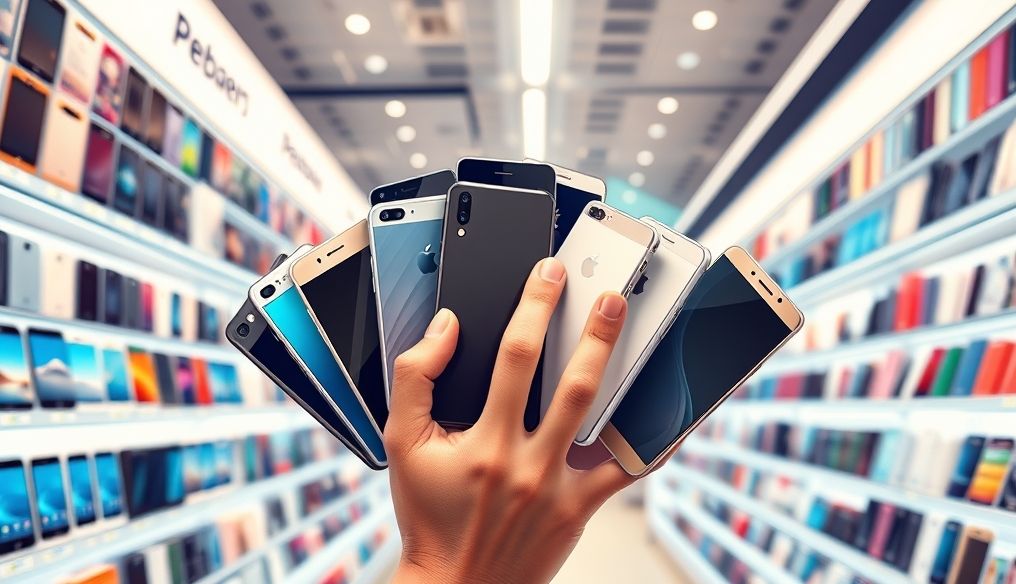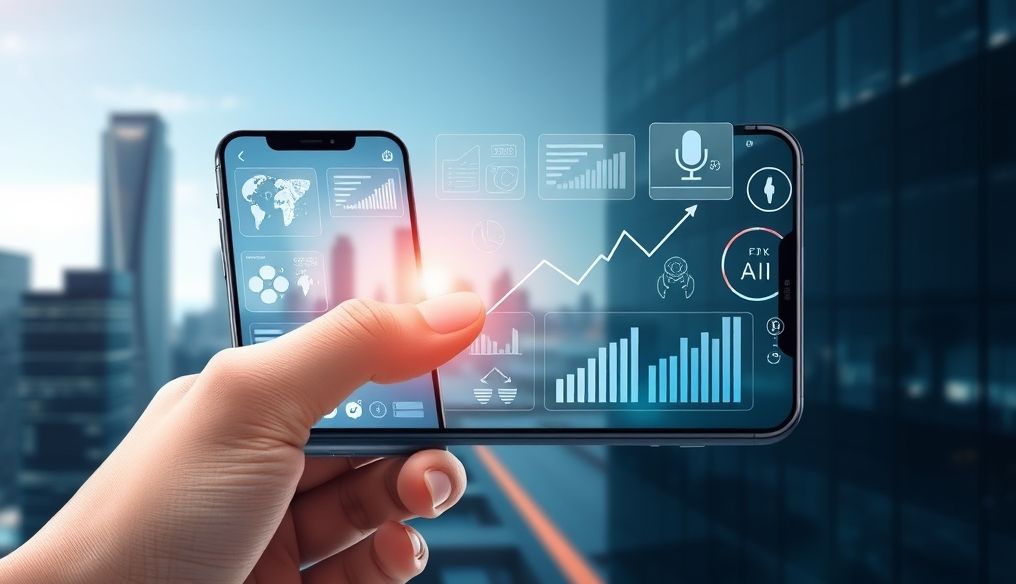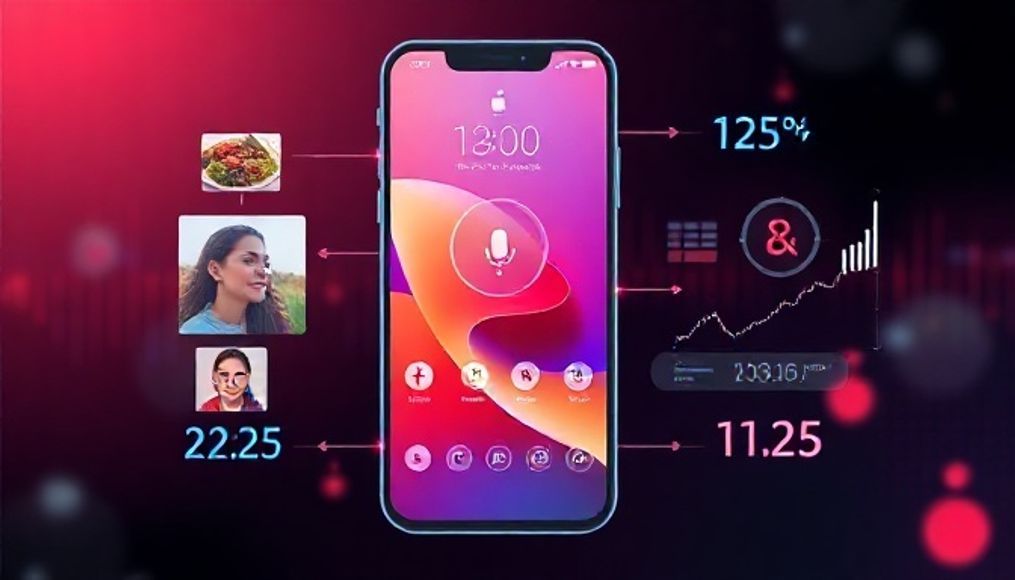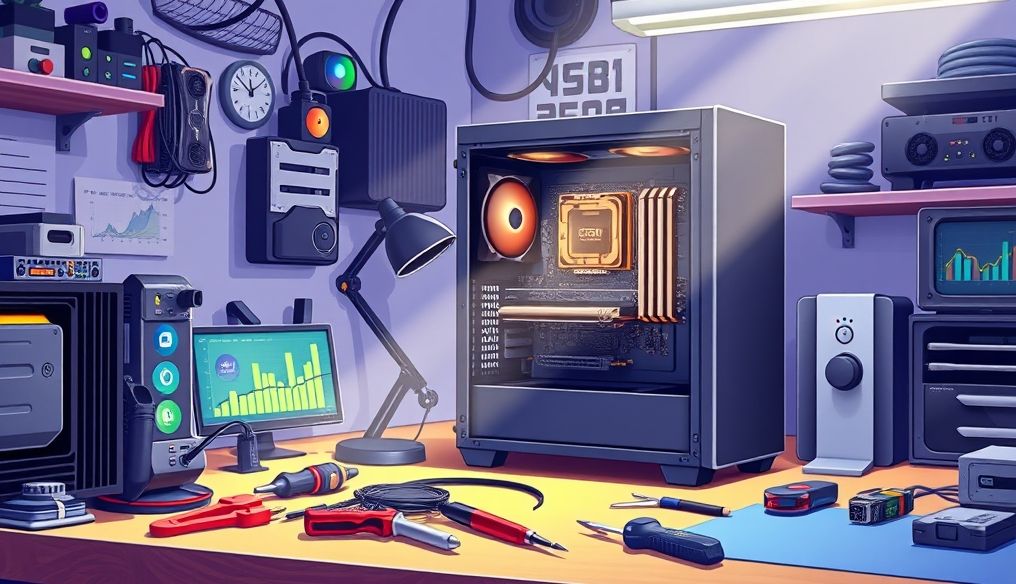How to Choose the Right Smartphone for Your Needs and Budget in 2024?
In today's fast-paced technological world, the smartphone has become an integral part of our daily lives. It's not just a means of communication, but an essential tool for business management, social networking, entertainment, and much more. With so many smartphones available on the market, choosing the right one can be overwhelming. This comprehensive guide will help you make an informed decision based on your needs and budget.
Chapter 1: Identifying Your Basic Needs
Before you start looking for a new smartphone, it's essential to identify your basic needs. Ask yourself:
- What is your primary use for the phone? (Communication, photography, gaming, work, etc.)
- What features are most important to you? (Battery life, camera quality, processor speed, screen size, etc.)
- Which operating system do you prefer? (Android or iOS)
Once you've identified your needs, you can start narrowing down your search.
Setting a Budget
Setting a budget is a crucial step. Consider how much you can comfortably spend on a new phone. Remember that there are excellent smartphones available in various price ranges.
Chapter 2: Operating System: Android or iOS?
The operating system is one of the most important factors to consider when choosing a smartphone.
Android
Pros:
- Variety of Options: Android is available on a wide range of phones from various manufacturers and at different prices.
- Customization: Android allows users to customize the phone's interface and download apps from various sources.
- Open Source: Android allows developers to modify the system and add new features.
Cons:
- Fragmentation: Some Android phones may receive updates slower than others.
- Security: Android is more vulnerable to malware compared to iOS.
iOS
Pros:
- Performance: iOS offers smooth and stable performance.
- Security: iOS is considered more secure than Android.
- Updates: All iOS devices receive updates at the same time.
Cons:
- Restrictions: iOS imposes restrictions on customization and downloading apps from external sources.
- Price: iOS devices are typically more expensive than comparable Android phones.
Chapter 3: Essential Technical Specifications
Understanding the essential technical specifications of a smartphone will help you make a better decision.
Processor
The processor is the "brain" of the smartphone. The faster the processor, the better the phone's performance. Look for phones with modern Snapdragon or MediaTek Dimensity processors.
RAM
RAM affects the phone's ability to run multiple apps simultaneously. It's preferable to choose a phone with at least 4GB of RAM, and preferably 6 or 8GB if you use the phone for gaming or heavy applications.
Internal Storage
Determine how much storage you need based on the number of photos, videos, and apps you plan to store on the phone. It's preferable to choose a phone with at least 64GB of internal storage, and preferably 128 or 256GB if you take a lot of photos and videos.
Display
The display is one of the most important aspects of the user experience. Look for AMOLED or OLED screens for vibrant colors and excellent contrast. Consider the screen size and resolution based on your preferences.
Camera
If you care about photography, look for phones with high-quality cameras. Check the camera resolution (in Megapixels), aperture (f-number), and features like Optical Image Stabilization (OIS) and Night Mode.
Battery
Battery life is very important. Look for phones with large capacity batteries (in mAh) that last at least a full day. Also, make sure the phone supports fast charging technology.
Chapter 4: The Importance of Camera Quality
In the age of social media, camera quality has become one of the most important factors that users look for in smartphones.
Number of Lenses
Many modern smartphones come with multiple lenses (main lens, wide-angle lens, telephoto lens, macro lens). This provides greater flexibility in capturing images in different conditions.
Camera Features
Look for features like:
- Night Mode: To improve image quality in low light.
- Optical Image Stabilization (OIS): To reduce image shake.
- Fast Autofocus: To capture clear images of moving objects.
- 4K Video Recording: To record high-quality videos.
Chapter 5: Battery Life and Charging
Nothing is worse than your phone's battery dying in the middle of the day. Therefore, battery life should be a priority.
Battery Capacity
Look for phones with batteries that have a capacity of at least 4000 mAh. The higher the capacity, the longer the battery life.
Fast Charging Technology
Fast charging technology allows you to charge your phone quickly. Look for phones that support fast charging technologies like USB Power Delivery (USB-PD) or Quick Charge.
Wireless Charging
If you prefer convenience, look for phones that support wireless charging.
Chapter 6: Other Factors to Consider
In addition to the essential technical specifications, there are other factors to consider when choosing a smartphone.
Water and Dust Resistance
If you live in a humid area or work in a dusty environment, look for phones that have an IP (Ingress Protection) rating for water and dust resistance.
Speakers
If you use your phone to listen to music or watch videos, look for phones with high-quality stereo speakers.
Fingerprint Sensor or Face ID
These features provide a secure and convenient way to unlock your phone.
5G Network Support
If you want to take advantage of super-fast internet speeds, look for phones that support 5G networks.
Chapter 7: Tips for Saving Money When Buying a Smartphone
Buying a new smartphone can be expensive. Here are some tips to save money:
- Look for deals and discounts: Telecom companies and major retailers often offer deals and discounts on smartphones.
- Buy a refurbished phone: Refurbished phones are used phones that have been inspected and refurbished by the manufacturer or an authorized retailer. They are often cheaper than new phones.
- Trade in your old phone: Many companies offer trade-in programs that allow you to exchange your old phone for a new one at a discount.
- Wait for prices to drop: Smartphone prices usually drop a few months after their release.
Chapter 8: Best Smartphones in Various Price Categories (2024)
Here are some recommendations for the best smartphones in various price categories in 2024 (keeping in mind that these recommendations may change over time and with the release of new phones):
Budget Category (Under $300)
- Samsung Galaxy A14 5G
- Motorola Moto G Power (2023)
- Xiaomi Redmi Note 12
Mid-Range Category ($300 - $600)
- Samsung Galaxy A54 5G
- Google Pixel 7a
- Nothing Phone (1)
Flagship Category (Over $600)
- Samsung Galaxy S23 Ultra
- Google Pixel 8 Pro
- iPhone 15 Pro
Chapter 9: Conclusion
Choosing the right smartphone is a personal decision based on your needs and budget. By identifying your basic needs, understanding technical specifications, and considering other factors, you can make an informed decision and buy a smartphone that meets your needs for years to come.
Note: The prices and specifications mentioned above are subject to change and depend on the region and retailer.




